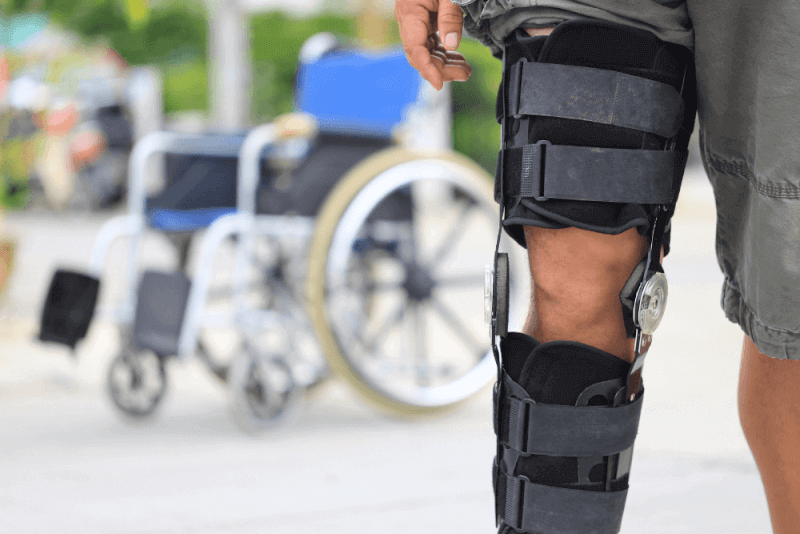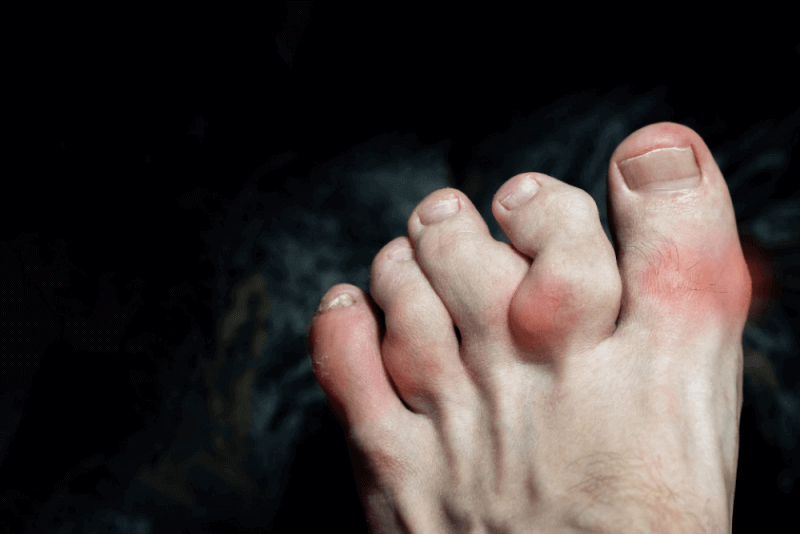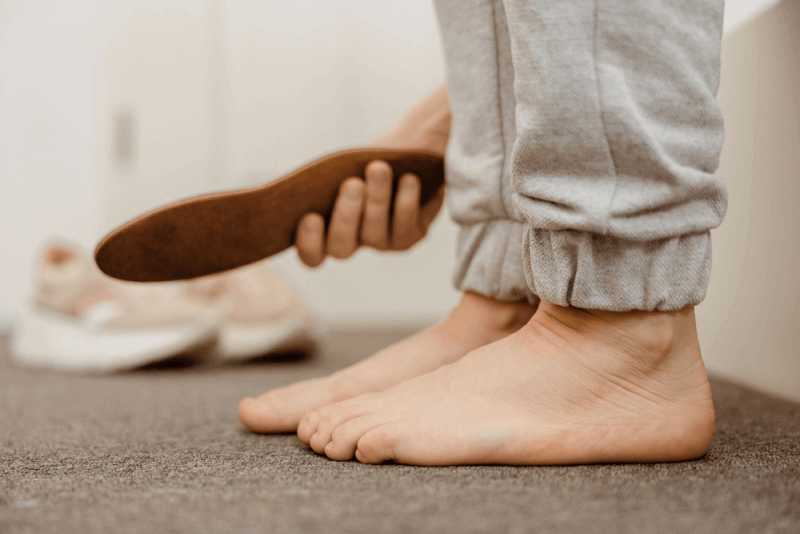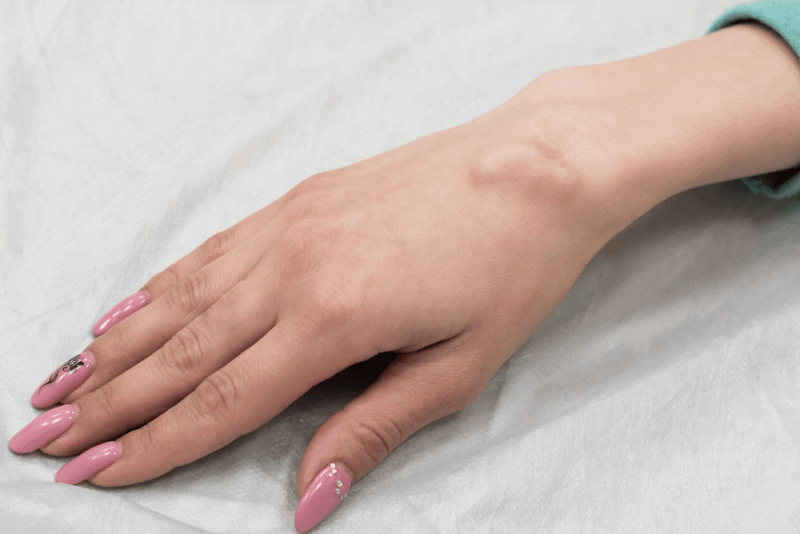What is Paget's Disease?
Paget's disease, also known in medical terms as osteitis deformans, is a condition that affects one or more bones. It manifests through an excessive increase in bone formation or breakdown. One of the most fundamental symptoms is bone tissue that does not appear normal. It generally occurs during middle age and old age.
The exact cause of Paget's disease is unknown, but it is thought to be linked to genetic or environmental factors. For bone health, bone tissue is regularly broken down and rebuilt, a process that proceeds in an orderly fashion. In Paget's disease, this order is completely disrupted. Over time, the breakdown process of bones accelerates, and the cycle of bone remodeling becomes irregular.
What Causes Paget's Disease?
The exact cause of Paget's disease is unknown, but genetic and environmental factors are believed to contribute to the development of Paget's disease.
- Genetics: Having individuals with Paget's disease in the family increases the risk of developing this disease.
- Viral infections: Individuals who have had certain viral infections that can cause bone breakdown have a higher incidence of Paget's disease.
- Age factor: People who develop Paget's disease are generally known to be middle-aged and elderly.
Symptoms of Paget's Disease
- Increased bone pain in various parts of the body
- Pain felt in the hips, knees, and lower back
- Headaches if the bones in the skull are affected
- Abnormally large and curved thigh bone
- Restricted movement due to bone deformity
- Joint inflammation seen with bone pain in advanced stages
- Bones becoming brittle
- Hearing loss
- Loss of sensation
- Muscle weakness
- Spinal curvature in later stages
Diagnosis Criteria for Paget's Disease
- Patients presenting with bone pain and deformity undergo a physical examination first. The patient's medical history is taken, and an accurate diagnosis is made using imaging methods.
- X-rays are used to visualize bone deformities due to imbalance in the bones.
- Bone scans are one of the frequently used diagnostic methods in Paget's disease. A contrast agent is administered intravenously, and the affected areas of the bones provide information about the disease.
- In bone diseases, the amount of alkaline phosphatase in the blood can rise. Laboratory tests are also used as one of the diagnostic methods.
Treatment Methods for Paget's Disease
There is no definitive treatment method for Paget's disease, but certain treatments are applied to reduce the symptoms of the disease.
- Vitamin D supplementation
- Physical therapy
- Certain medications used to reduce bone breakdown
- Orthopedic surgical interventions
- Prosthetic surgery
- Treatment methods such as using a brace for spinal curvature.
Physical Therapy for Paget's Disease
In Paget's disease, bones and muscles are directly affected. Physical therapy aims to eliminate conditions such as muscle weakness and restricted movement. Exercises to strengthen muscles are applied in physical therapy, and exercises that relieve pain are recommended depending on the severity of the pain.
Surgery for Paget's Disease
In advanced stages of Paget's disease, the regular cycle in the bones is completely disrupted. Due to the disruption of this cycle, fractures occur in the shin and thigh bones. Surgical interventions are applied as a treatment method for patients with fractures. The purpose of the surgery is to correct the fracture and deformed areas of the bone.
Surgical Methods for Paget's Disease
Different methods are applied in surgeries for Paget's disease.
- The deformity of the bone can be corrected by placing an intramedullary rod into the bone.
- In individuals with significant bone curvature, the bone can be reshaped through osteotomy.
- Prosthetic surgery is performed depending on the location of joint calcification.
Benefits of Surgery for Paget's Disease
- After surgery for Paget's disease, the patient's movement restriction decreases.
- Muscle strength returns over time, reducing pain.
- The deformed parts of the bone are corrected.
- Bone fractures are corrected.
- The patient's quality of life significantly increases after surgery for Paget's disease.
Complications of Surgery for Paget's Disease
As with all surgeries, there are some complications that may occur with surgery for Paget's disease.
- Infection
- Bleeding
- Incomplete healing of the bones
- Failure of the bone to return to its original shape
- The body rejecting the prosthesis
What Should Individuals with Paget's Disease Pay Attention To?
- It is important to get sunlight exposure to obtain vitamin D.
- Consume calcium-rich foods to strengthen the bones.
- Avoid excess weight to prevent additional strain on the bones.
- Regularly perform physical therapy exercises.
- Avoid activities that may cause bone damage.
- Use supplements to strengthen the bones as recommended by a physician.
Recovery Process of Paget's Disease
Regular doctor follow-up is very important during the recovery process of Paget's disease. After assessing the stage of the disease and the general condition of the bones, treatment is started, and the healing process of the bones is monitored.
The course of the disease can be tracked using X-rays or bone scans. It is important to monitor the disease to determine different treatment methods in advanced stages.








